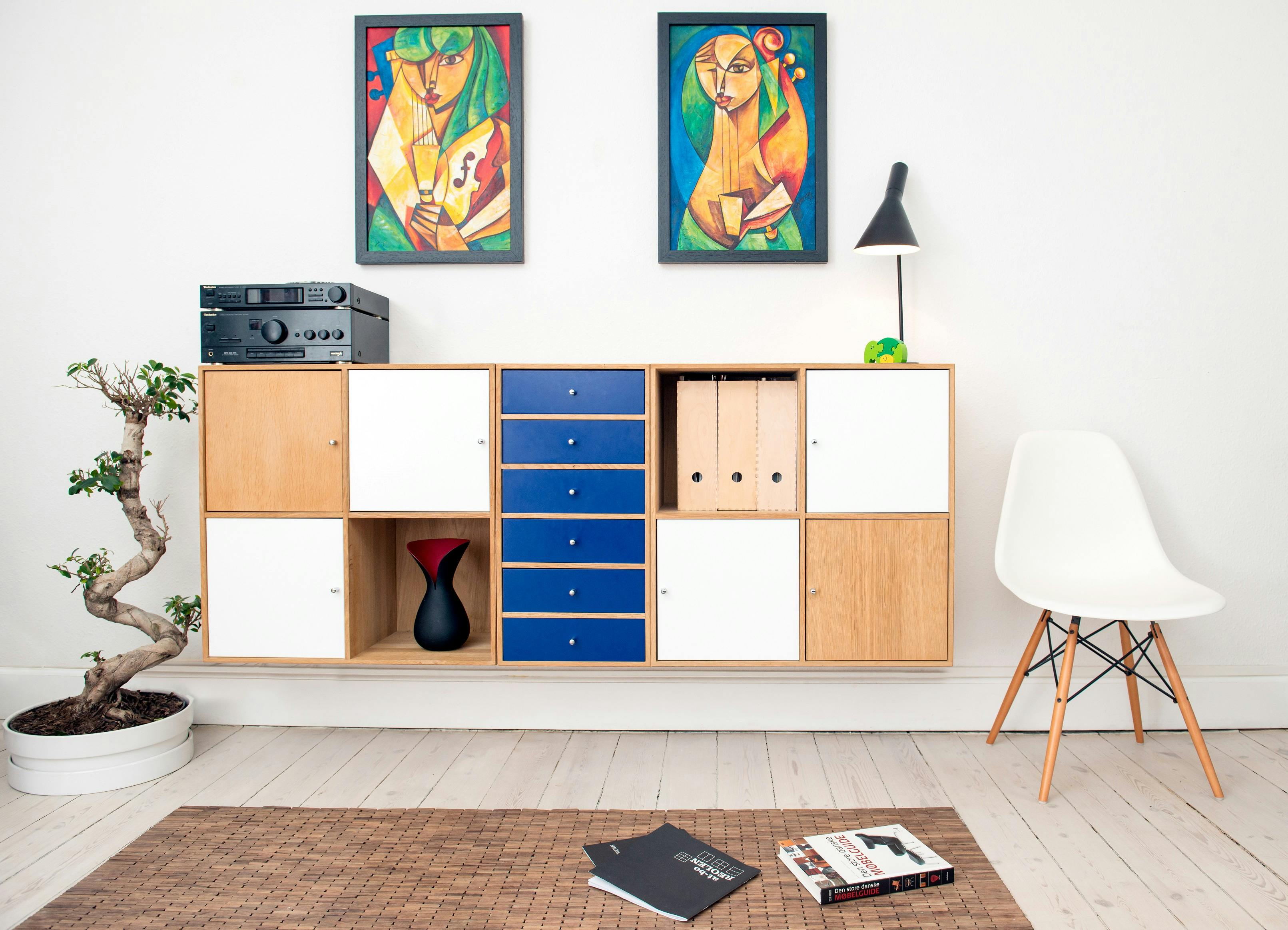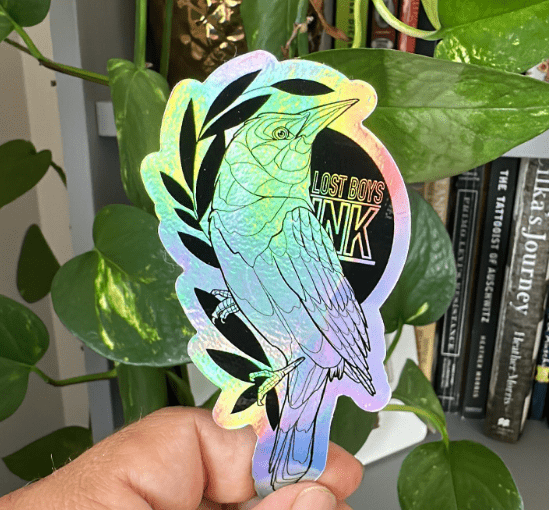Updating plain furniture can feel daunting, especially when working with limited time, tools, or experience. Many homeowners want to refresh their furniture but worry about the complexity of refinishing or rebuilding pieces from scratch. Fortunately, countless simple and effective upgrades can transform even the most basic furniture into something stylish and personalized.

From small decorative details like magnets and labels to more impactful changes, such as new legs or fresh paint, do-it-yourself (DIY) furniture makeovers don’t have to be complicated to make a big impact.
Let's explore some creative and simple ways to upgrade furniture with minimal effort and maximum results.
1. Change Legs
One of the easiest ways to give furniture a fresh look is by swapping out its legs. This simple update can completely change the style of a piece, whether the goal is to modernize a vintage chair or add height to a short table. Replacing legs requires minimal materials; pre-made furniture legs, screws, wood glue, and a drill are typically all that’s needed.
Because many furniture legs come with pre-installed screw mounts, this project is beginner-friendly and requires little effort. Most leg replacements can be completed in under an hour, making this an efficient way to upgrade furniture without a significant time commitment.
2. Decoupage
Decoupage is a creative and inexpensive way to add personality to furniture. This technique involves using an adhesive, such as Mod Podge, to attach decorative paper or fabric to a surface before sealing it with a protective topcoat. The beauty of decoupage lies in its flexibility, whether covering an entire tabletop with floral prints or adding subtle accents to drawer fronts, the design possibilities are endless.
Necessary materials include an adhesive, brushes, decorative paper, scissors, and a sealant for durability. The forgiving nature of this method makes it great for beginners, and most projects can be completed within a few hours, depending on drying times.
3. Stickers and Decals
Applying stickers and decals is one of the fastest ways to transform furniture without making permanent changes. A well-placed die cut or holographic sticker can instantly add personality to a plain surface, while glitter stickers bring a touch of shimmer to furniture pieces.
This approach requires no tools or special skills, making it perfect for renters or those looking for a temporary refresh. The application process is as simple as peeling and sticking, and the entire update takes just minutes to complete.
4. Distressing
Distressing furniture is an easy and affordable technique for those who love a rustic or vintage look. This method involves sanding edges, dry brushing paint, or using a hammer to create small dents for a naturally aged effect. The materials needed include sandpaper, paint, wax, and optional tools for adding wear. Because distressing embraces imperfections, it’s a low-pressure project that doesn’t require precision. Most distressing projects take just a few hours, making them an excellent weekend DIY activity.

5. Edge Banding
Edge banding is an excellent way to give plywood or particleboard furniture a high-end finish. This technique covers raw edges with thin veneer strips, creating a polished, professional look. The process involves using pre-glued veneer strips, an iron, a utility knife, and sandpaper. Since the adhesive on edge banding activates with heat, no special tools are required beyond a household iron. This method is straightforward, and most pieces can be updated in under an hour.
6. Furniture Wax
Enhancing furniture with wax is an easy way to protect and enrich its natural beauty. Whether applied to raw wood or over painted surfaces, furniture wax deepens color, adds a subtle sheen, and provides protection from wear. The application requires only a soft cloth, wax, and a buffing brush. Because there’s no need for sanding or priming, this method is quick and beginner-friendly. Buffing out wax to achieve a smooth finish takes little time, often less than an hour.
7. Replace Cushions
Swapping out worn-out cushions can make a chair or bench look brand new. Over time, seat cushions lose their shape and comfort, but replacing them is a simple fix that requires foam inserts, fabric, scissors, and either a staple gun or a sewing kit. For chairs with removable seats, reupholstering is as easy as stretching new fabric over the cushion and securing it with staples. This project is manageable even for beginners and typically takes only an hour or two, depending on sewing needs.

8. Slipcovers
For an instant transformation without permanent changes, slipcovers offer an easy solution. They provide a fresh look to sofas, chairs, and benches while also protecting the upholstery underneath. Pre-made slipcovers are available in various styles and colors, but DIY slipcovers made from fabric can be tailored to fit specific furniture. The only materials required are fabric and basic sewing tools. Because slipcovers don’t require alterations to the furniture itself, they’re one of the most renter-friendly and reversible updates available.
9. Switch Knobs
Replacing old knobs with new, decorative ones is one of the easiest ways to refresh furniture. Whether opting for sleek modern pulls or vintage ceramic knobs, this small change can make a surprising difference in the overall aesthetic. The only tools needed are a screwdriver and, optionally, backplates for added detail. This quick project takes just a few minutes per knob, making it an ideal last-minute update.
10. Update with Chalk Paint
Chalk paint is a favorite for furniture makeovers due to its ease of use and stylish matte finish. Unlike traditional paint, chalk paint requires no sanding or priming beforehand, making it a time-saving option. The process involves brushing on a coat of chalk paint, allowing it to dry, and optionally sealing it with wax or polyurethane.
The materials needed are chalk paint, a brush, and a sealant for added durability. This method is forgiving of brush strokes and imperfections, making it beginner-friendly. Most furniture pieces can be painted and dried within a day.

11. Wallpaper Finish
Using wallpaper as a furniture finish is a creative way to add pattern and color to dressers, desks, or cabinet backs. Unlike painting, wallpaper application requires no special skills. The materials include wallpaper, measuring tape, scissors, and a smoothing tool. Since wallpaper can be removed easily, it’s an excellent choice for renters or those who like to switch up their decor frequently. The application process is quick, often taking under an hour to complete.
Final Thoughts
Giving plain furniture a new look doesn’t have to be complicated or expensive. Whether replacing hardware, applying a fresh coat of paint, or adding unique decals, small changes can make a big difference. These DIY makeovers allow for customization without needing advanced skills or tools.
Additionally, updating furniture can be a meaningful way to celebrate milestones, such as a new home, a growing family, or a personal achievement. With just a little effort and imagination, any piece of furniture can be transformed into a stylish and functional addition to a home.


